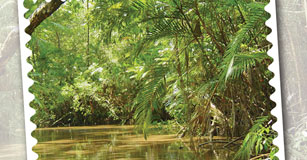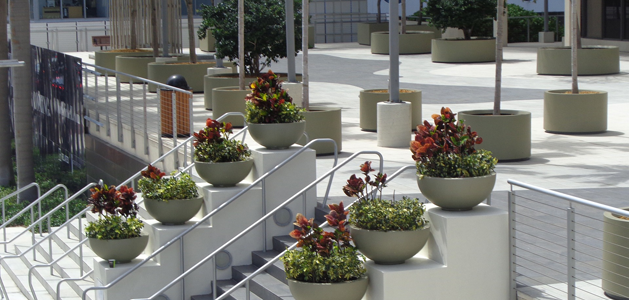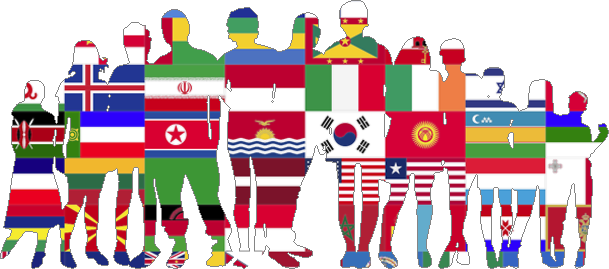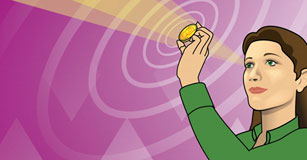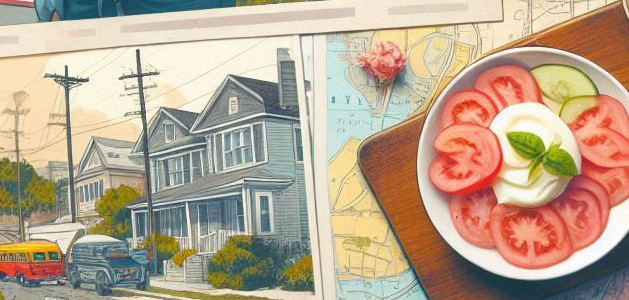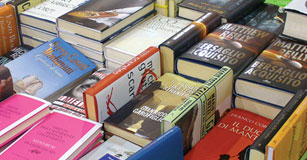Adapt a Story
After reading a story, students practice narrative writing as they work together to write, illustrate, and narrate a new version of the story.
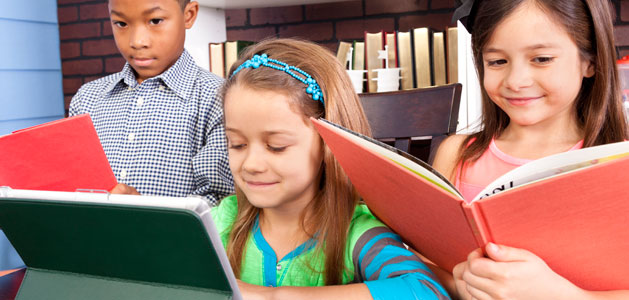
Task
Many students find writing a difficult task. Writing to a formula, where are you replacing nouns and verbs to create a unique context is a great way to support your emerging writers. To support your budding authors, ask them to write a new story based on a familiar tale or a story you have recently shared in your classroom.
Engage
Get students knowledgeable and familiar with the process of adapting a book by using this process at the beginning of the year for a “getting to know me” project. Read Merle Peek’s Mary Wore Her Red Dress. Use the writing pattern in this story to have students share information about their skills and passions.
Create
Have students adapt familiar stories to demonstrate their understanding of new vocabulary or to their knowledge of a topic you are studying in the classroom. Here are a few ideas and samples to help you find book titles that connect to your classroom learning goals.
Students at Woodward Academy created their own version of Judi Barrett’s Things that are MOST in the World. They began by brainstorming a list of superlatives as a class. Then, each student chose their favorite and wrote a sentence that provided a context clue to the meaning of the word. They used Wixie to type the sentence, draw their own illustrations and record a reading. All student pages were then combined into one class book.
Inspired by their media specialist’s reading of The Mitten by Jan Brett, second-grade students at Taylors Creek Elementary created a version using a setting in Georgia. Their story, The Adventure Hat, combined what they knew about the South from personal experience to choose an adventure hat and what they had learned about the ecosystems in Georgia. Students then worked in small teams to choose a Georgia animal species, and used Wixie to write and illustrate a page in the story. Work was combined together into a class story.
You could use a story like Diary of Worm by Doreen Cronin as the inspiration for a journal an animal found in your area. You could also use this model to share the story of a landmark, life cycle, or person you are studying.
If you want student work to focus on behavior, you might use one of titles in Jane Yolen’s How Do Dinosaurs... series. Students could create their own how-to books after reading Kate Messner’s How to Read a Story or even Edith Baer’s This is the Way We Go to School.
Share
Print out each student’s page and bind them together to create a printed version you can keep in your classroom library. If students created individual pages using Wixie, combine them together using Wixie’s Project Wizard feature. Have your class read and share their book with younger students at your school or students at a local school studying the same topic.
If you want a more professional looking published product, export student work as JPG files and upload to a photo-sharing site. Then, use the site’s features to publish the book. If you can’t get funding to create a book for each student, share the link to the finished “photo” book for individual parents to purchase.
If students included voice recording on their page, share the URL to the online version of the class book so viewers can both read and listen to the story. You can also export the class book as an eBook, so students can read and enjoy on their iPads at home.
Assessment
Use this project as a performance task to evaluate a student’s comprehension and ability to apply knowledge to a new context. Having students turn in graphic organizers and first drafts of their narrative writing prior to creating the printed or electronic eBook, will help you ensure that they are on the right track.
The final book provides an opportunity for summative assessment. You may also want to include soft skills like team work, responsibility, organization, and problem solving as part of this final assessment.
Resources
Merle Peek. Mary Wore Her Red Dress and Henry Wore His Green Sneakers. ISBN: 899197019
Jan Brett. The Mitten. ISBN: 0399252967
Literature Suggestions for Student Adaptation
Standards
Common Core State Standards for English Language Arts:
CCSS.ELA-LITERACY.RL.2.1
Ask and answer such questions as who, what, where, when, why, and how to demonstrate understanding of key details in a text.
CCSS.ELA-LITERACY.RL.2.4
Describe how words and phrases (e.g., regular beats, alliteration, rhymes, repeated lines) supply rhythm and meaning in a story, poem, or song.
CCSS.ELA-LITERACY.RL.2.7
Use information gained from the illustrations and words in a print or digital text to demonstrate understanding of its characters, setting, or plot.
CCSS.ELA-LITERACY.W.2.3
Write narratives in which they recount a well-elaborated event or short sequence of events, include details to describe actions, thoughts, and feelings, use temporal words to signal event order, and provide a sense of closure.
CCSS.ELA-LITERACY.W.2.6
With guidance and support from adults, use a variety of digital tools to produce and publish writing, including in collaboration with peers.
CCSS.ELA-LITERACY.SL.2.5
Create audio recordings of stories or poems; add drawings or other visual displays to stories or recounts of experiences when appropriate to clarify ideas, thoughts, and feelings.
CCSS.ELA-LITERACY.RL.3.7
Explain how specific aspects of a text's illustrations contribute to what is conveyed by the words in a story (e.g., create mood, emphasize aspects of a character or setting).
CCSS.ELA-LITERACY.W.3.3
Write narratives to develop real or imagined experiences or events using effective technique, descriptive details, and clear event sequences.
CCSS.ELA-LITERACY.W.3.6
With guidance and support from adults, use technology to produce and publish writing (using keyboarding skills) as well as to interact and collaborate with others.
CCSS.ELA-LITERACY.SL.3.5
Create engaging audio recordings of stories or poems that demonstrate fluid reading at an understandable pace; add visual displays when appropriate to emphasize or enhance certain facts or details.
ISTE NETS for Students 2016:
6. Creative Communicator
Students communicate clearly and express themselves creatively for a variety of purposes using the platforms, tools, styles, formats and digital media appropriate to their goals. Students:
a. choose the appropriate platforms and tools for meeting the desired objectives of their creation or communication.
b. create original works or responsibly repurpose or remix digital resources into new creations.
d. publish or present content that customizes the message and medium for their intended audiences.



